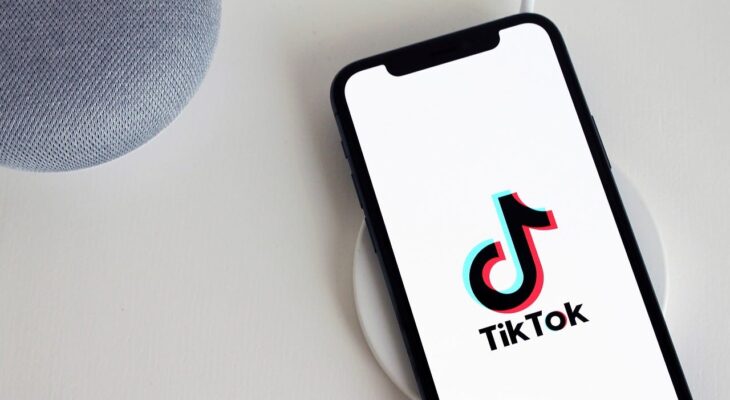In the fast-paced world of social media, TikTok has emerged as a dominant force, captivating users worldwide with its engaging and entertaining content. As the platform continues to evolve, so too do the tools and technologies that support it. One such innovation is the TikTok downloader service – a tool that allows users to save TikTok videos for offline viewing or sharing. While these services have become increasingly popular, the technology behind them remains shrouded in mystery for many users. In this article, we aim to demystify the technology behind TikTok downloader services, exploring how they work and the implications they hold for users and creators alike.
Understanding TikTok Downloader Services
At its core, a TikTok downloader service is a web-based or application-based tool that enables users to download TikTok videos onto their devices. These services typically operate by extracting the video file from TikTok’s servers and saving it locally on the user’s device. While the exact mechanics may vary from service to service, the general process involves the following steps:
- URL Extraction: The user inputs the URL of the TikTok video they wish to download into the downloader service.
- Video Retrieval: The downloader service extracts the video file from TikTok’s servers using the provided URL.
- File Conversion: In some cases, the video file may need to be converted to a compatible format for the user’s device.
- Download: Once the video file has been extracted and converted (if necessary), the downloader service provides the user with a link to download the video onto their device.
The Technology Behind the Scenes

Behind the user-friendly interface of TikTok downloader services lies a complex network of technologies working together to facilitate seamless video downloading. These technologies may include:
- Web Scraping: TikTok downloader services often rely on web scraping techniques to extract data from TikTok’s servers. This involves programmatically accessing and parsing the HTML code of TikTok’s web pages to locate and retrieve the desired video content.
- API Integration: Some downloader services leverage TikTok’s https://tikd.cc/en/ official API (Application Programming Interface) to access video data in a more structured and efficient manner. By interfacing directly with TikTok’s API, these services can retrieve video metadata and download links with greater reliability and speed.
- Media Conversion: In cases where the downloaded video file needs to be converted to a different format or resolution, TikTok downloader services may employ media conversion algorithms. These algorithms ensure compatibility with a wide range of devices and platforms, allowing users to seamlessly view and share downloaded videos.
- Server Infrastructure: Behind every TikTok downloader service is a robust server infrastructure capable of handling large volumes of download requests from users around the world. These servers may be distributed across multiple locations to ensure scalability, reliability, and optimal performance.
Legal and Ethical Considerations
While TikTok downloader services offer users greater flexibility and control over their content consumption, they also raise important legal and ethical considerations. TikTok’s terms of service explicitly prohibit the downloading of videos without permission, citing the protection of creators’ rights. Additionally, the unauthorized distribution of copyrighted content via downloader services may infringe upon intellectual property laws and copyright regulations.
In conclusion, TikTok downloader services represent a technological innovation that has transformed the way users engage with TikTok content. By demystifying the technology behind these services, we gain insight into the intricate processes that enable seamless video downloading. However, it is essential to approach the use of TikTok downloader services with caution, taking into account the legal and ethical implications surrounding copyright and intellectual property rights. As TikTok continues to evolve and adapt to changing user needs, so too will the technologies that support it, shaping the future of social media consumption in the digital age.
